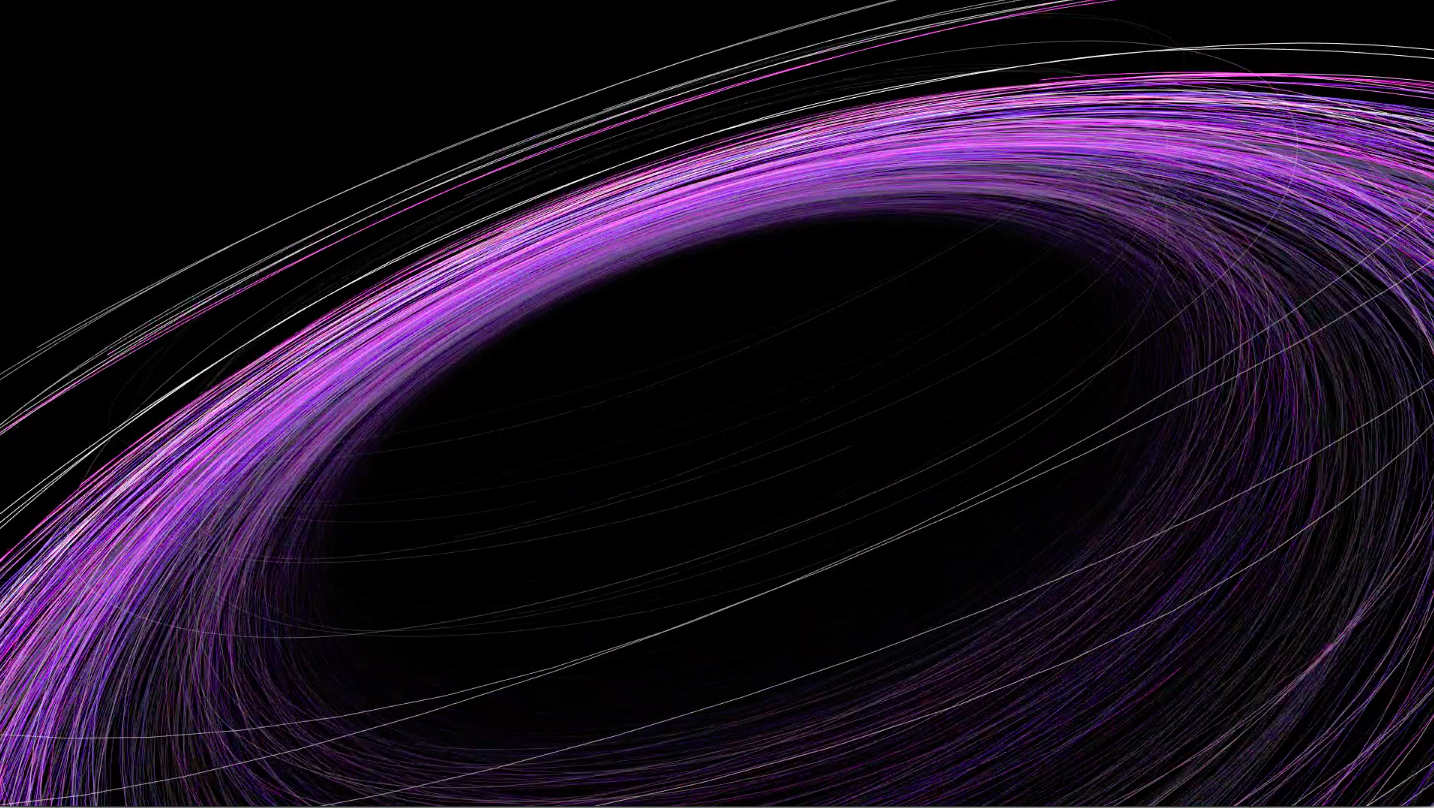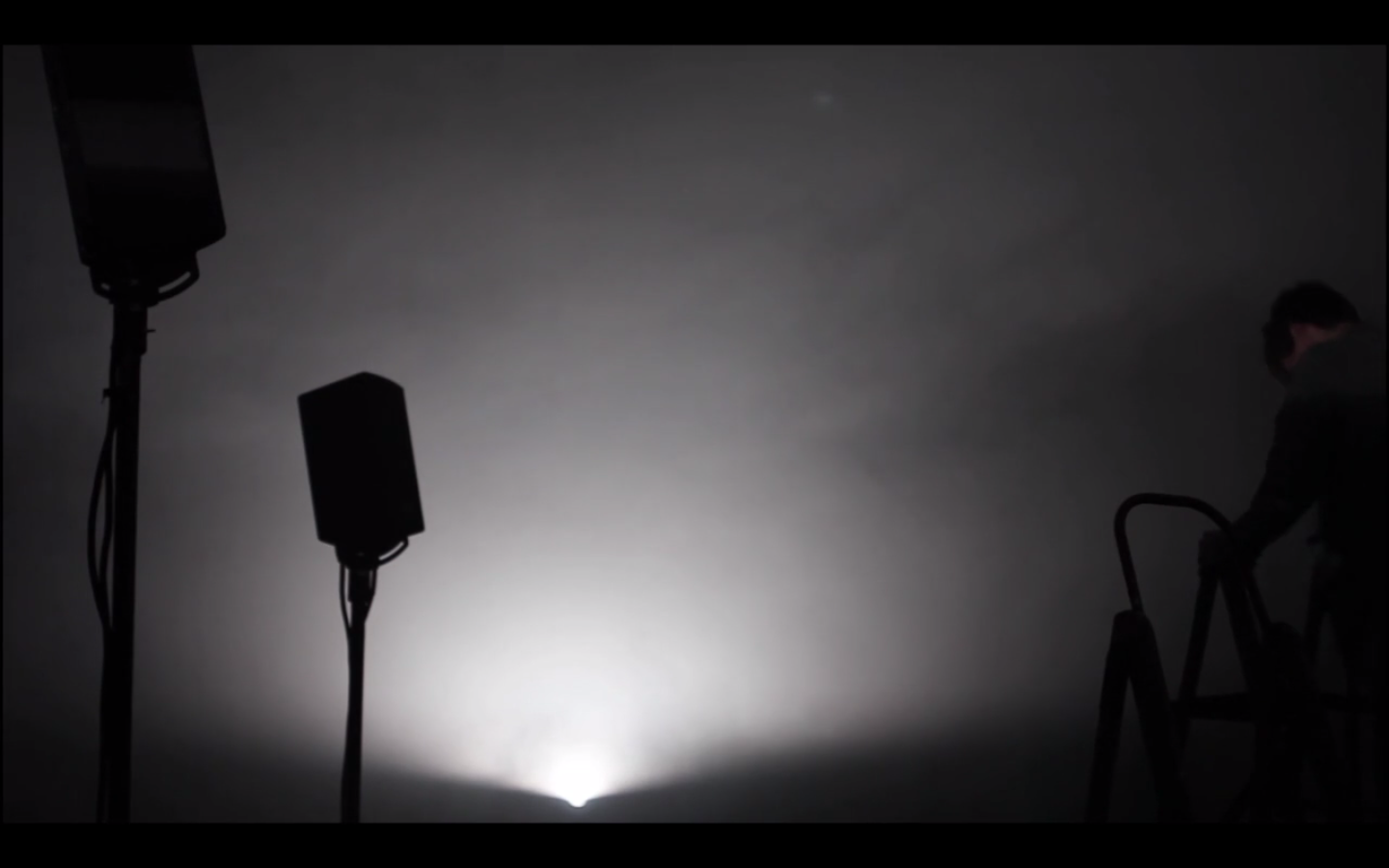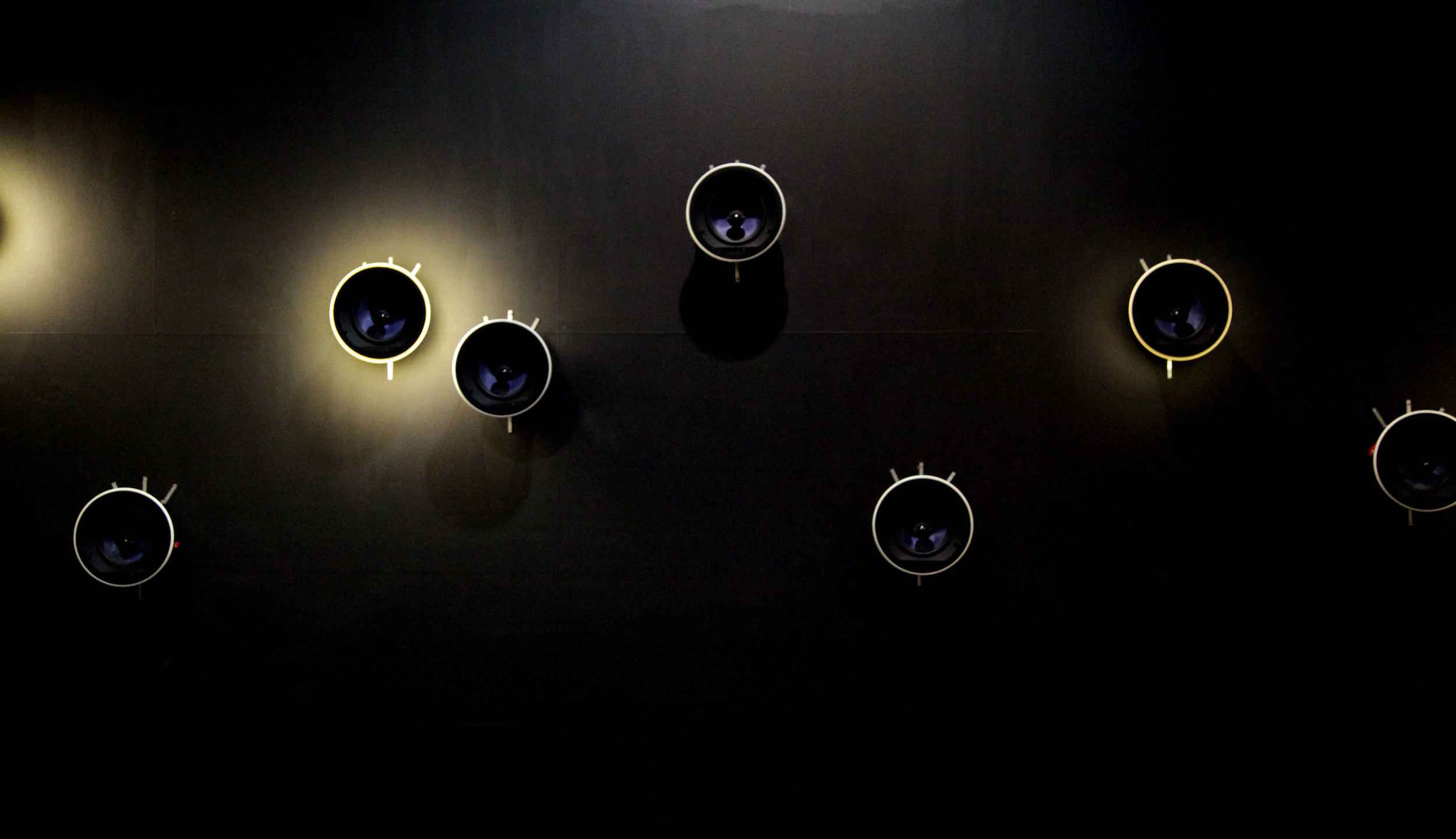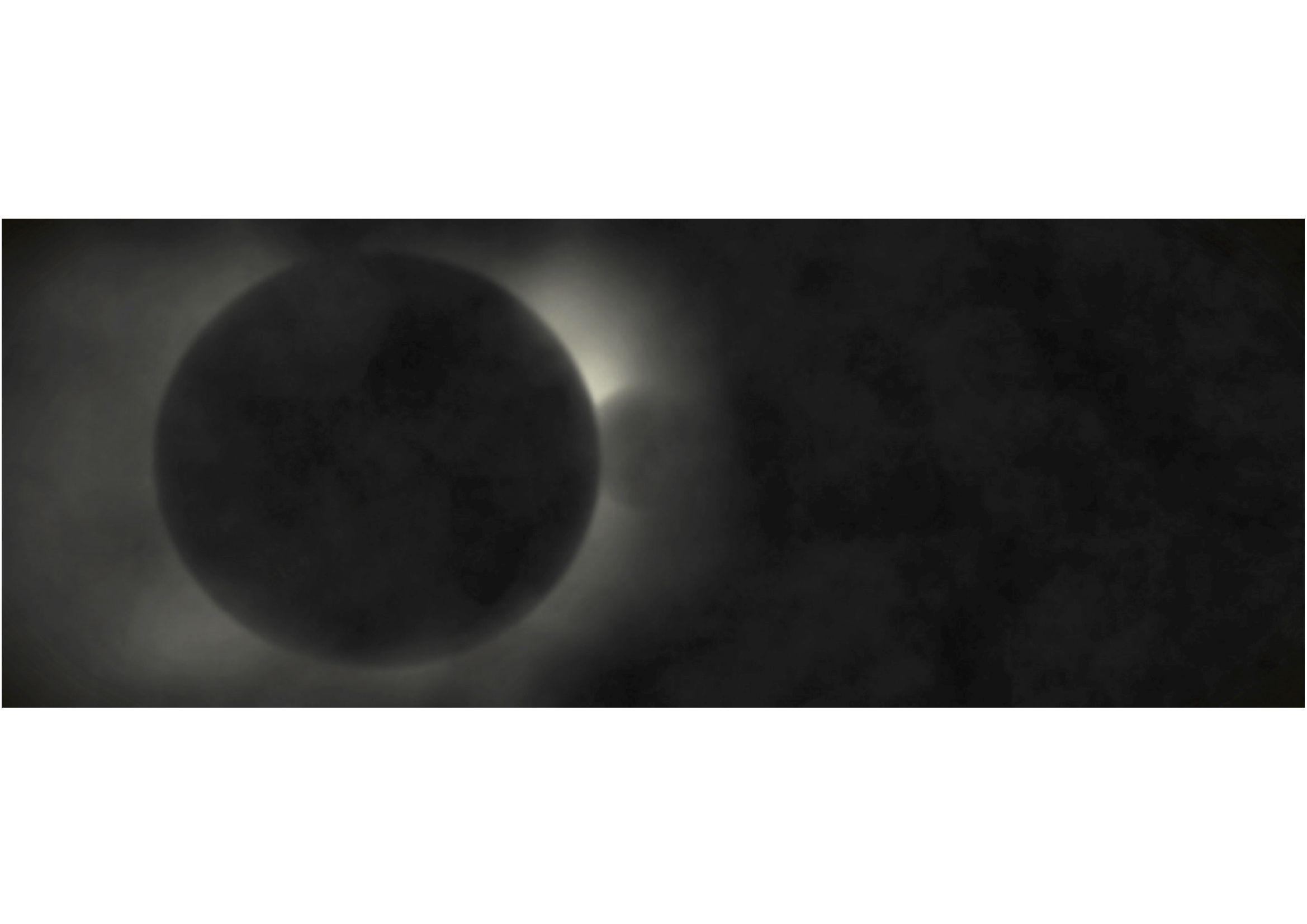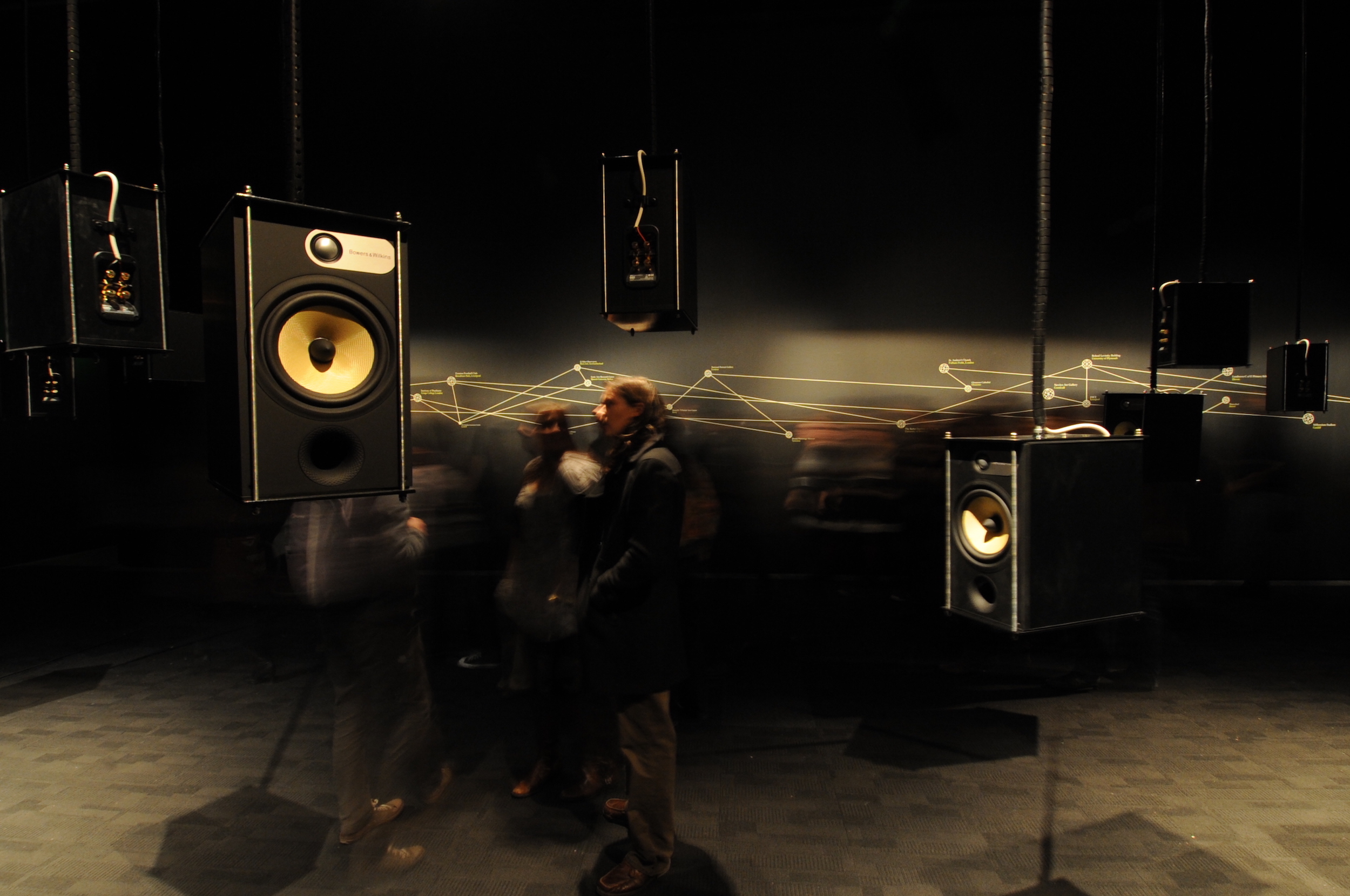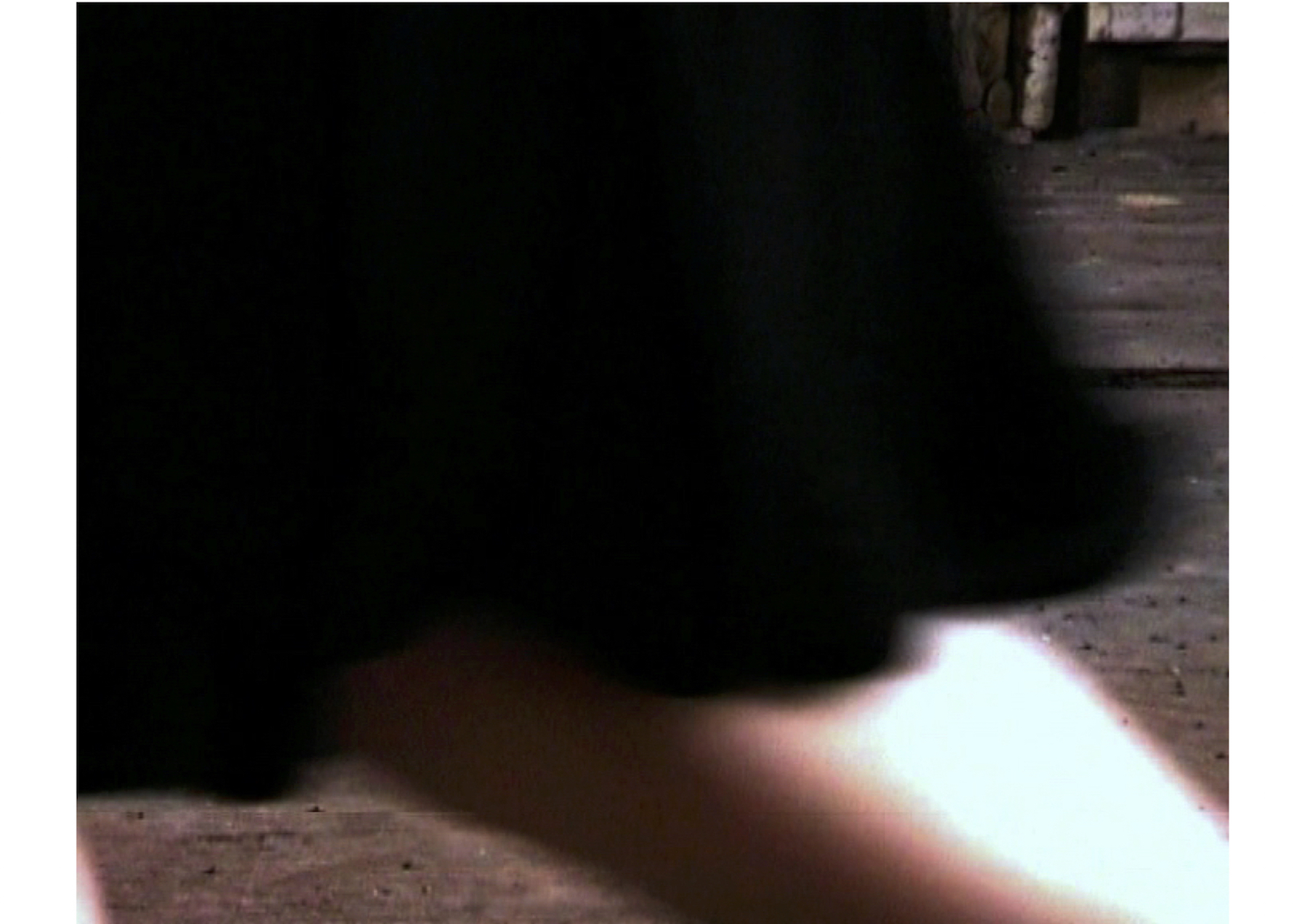Jane Grant
Born in Liverpool.
Lives and works in Plymouth.
Jane Grant is an artist and writer. Her work explores ideas in art and science, specifically astrophysics, neuroscience and the history of scientific ideas.
Her sonic artwork Ghost was premiered at ISEA Istanbul, this work explored the temporal, topological networks and pathways of the cortex in conjunction with brain hallucination or ‘neural ghosts.’ Jane sometimes works collaboratively creating award winning works such as The Fragmented Orchestra, a vast sonic artwork based on neuronal firing patterns in the brain, which won the PRSF Award for New Music and an Honorary Mention at Prix Ars and Plasticity which was premiered at the BFI, onedotzero festival and Google Campus, London. She recently created Fathom, a huge artwork that sonically immersed participants in an underwater sound environment by creating a sonic surface 6ft above the floor.
Jane is currently working on a triptych of artworks, Other Worlds, One Hundred Million Ghosts and How to Disappear Completely, which are about longing, black holes and the multiverse.
Jane writes about noise, the mutability of matter, desire and astrophysics. She is Associate Professor (Reader) in Digital Arts at Plymouth University where she is co-director of the research group Art and Sound and Principle Supervisor in the Planetary Collegium, CAiiA-Node.
Read full CV
Jane Grant, One Hundred Million Ghosts (2017).
The artwork One Hundred Million Ghosts is a vast ‘sonic’ black hole formed using the sound of the cosmic microwave background (CMB) and thousands of fragments of human voices collected from many parts of the world. Hundreds of tiny speakers will be mounted on a huge circular array, each of them carrying the sound of the individual looping voices, sonic fragments of our world trapped on the event horizon of the black hole. Hundreds of voices are heard at any one time interweaved with the sound of the CMB. The looping voices on the edge of the event horizon will repeat until they become too volatile to be contained and will suddenly become louder just at the moment of their disintegration, a sudden sonic moment, each event a death where all is lost into the abyss.
Recent research describes the event horizon of the black hole as fecund, composed of miniscule fragments of matter, gases and things that are arrested on their journey into the void. We might now look upon the event horizon as an abundant entity, an eternal repository of the debris of other worlds. In their 2016 paper Hawking and his collaborators postulate that stripped down information drawn towards the black hole gets caught on ‘hairs’ on the event horizon and are held in a holographic form. The event horizon is a place where quantum field theory meets general relativity. This rich surface or boundary both challenges, and may reconcile our understanding of the mechanics of much more than just our universe. Here the two major theories of cosmological research allow us to imagine theories such as 3D information stored in 2D forms. Concepts such as information stored on the boundary of an event horizon in a holographic form and gravity as an emergent property of entanglement are fascinating and point toward not only a physical and scientific boundary but also a conceptual boundary, a leap from this gravity bounded existence here on earth. Event horizons are edges of our universe and are comprised of new forms of compressed life, an embryonic archive full of the potential to form new worlds.
At a time when our continuing living on the earth may be doubtful, One Hundred Million Ghosts is a lament to what is at stake and what might be lost.
Jane Grant, Fathom (2013).
Fathom is a sound installation by Jane Grant and John Matthias, which creates a sonic surface 6ft above the ground.
On entering the installation space visitors are immersed in an underwater sound environment where the minute fluctuations of the sea are heard. As they move around the space they hear a mixture of live and recorded sound from hydrophones which are located in Plymouth Sound, near the installation space. This sound fills the installation space up to 6ft above the ground but then disappears above 6ft, one fathom.
In the centre of the space the public are able to use steps to climb above the fathom where they will hear live acoustic sound transmitted from microphones which are recording live sound from above the surface of the water outside.
Sound is thought of a pervasive, it is everywhere and unlike vision we cannot turn away from it. Fathom shifts our perception of this phenomenon, creating a vast but specific volume of sound with a definite but mutable boundary that differentiates the world of water from the world of air. Fathom recreates a process of being under the surface and breaking through the surface of the water in a sonic form.
’To dwell on the surface of the earth is to occupy a seemingly endless atmosphere. The aim the instrument of relation, affords movement with seemingly little friction or engulfment. We do not often think ourselves as submerged in a vast depth of air, evolved as we are to breath and move through it. It might seem that we do not inhabit the earth as we live on the earth’s mantle, not within the dark and soily ground. Humans and animals are bound to the earth by gravity. Things grow or are made around us, beside us, and above us, but they exist at a distance from the body and its perceptions. The air – our atmosphere – does not engulf the body, but rather supports the body’s functions. Air is subtle when compared to the thick suffocating medium of water.’
Jane Grant: Fathom: sufaces, symmetries, arrivals and departures.
The construction of the ‘surface’ in the installation is achieved by using the phase cancellation of the sound in the air of the installation coming from eight Martin MLA speakers placed around the edge of the installation space.
These speakers are configured to transmit the sound waves slightly behind each other at particular times in order to create phase cancellations at certain points within the installation space. This enables areas of the room to be free of sound within a certain frequency band. The public will be able to hear live sound coming from a pair of hydrophones situated in Plymouth Sound through these 8 speakers around the edge on the space in tandem with a one-hour loop of sound which the artists will record in Plymouth Sound and will edit for use in the installation. The public will be able to walk around the space to ‘curate their own listening experience’. When they ‘climb above the fathom’, at the top of the steps, they will hear live sound recorded from a pair of acoustic microphones situated above the water outside.
Jane Grant, John Matthias, Nick Ryan; Plasticity (2011).
Plasticity is a discrete participatory sound and light artwork comprising 6microphones and 16 speakers within one large room. This work was concerned with the sonification of spiking networks of neurons heard through the context of the human voice. The computer model runs a network of 100 artificial neurons and records the input sound made by the ‘audience’ into the microphones, and retriggers short sections of this sound when one of the neurons ‘fires’. The neuronal network is driven by a noisy signal keeping the system ‘buoyant’ and has an additional algorithmic ‘plasticity’ code, which changes network connection strengths according to causal firing between the neurons, mimicking simple ‘learning’. When the neurons ‘fire’, the corresponding LED light also lights up causing cascades of firing events to create a scattering of light and recorded live sound across the speaker network. A chorus of voices performed by The Holst Singers was fed into the work as it opened at the BFI. This chorus then underpinned the work forming a sound bed over which public participation took place.
The proximity of the speaker array to the microphones afforded the participants a visual overview of the work as a whole so that they could see and hear their contribution and its effect on the instrument. This work focused specifically on the voice, therefore microphones were placed strategically and grouped to together encouraging audience participation. As the participants perform they build emerging rhythmic structures using their voices or sound.
In 1908 Bergson wrote ‘A remembered sensation becomes more actual the more we dwell upon it, that the memory of the sensation is the sensation itself beginning to be’. And one might make an analogy here with Izhikevich’s models of spiking neurons where, deprived of external stimulation and drive/n by noisy currents, the model re-visits older neural pathways and clusters formed by external stimulation, these pathways correspond exactly as if the external stimulation were present. Izhikevich concludes; ‘Such ‘thinking’ resembles ‘experiencing’ the stimulus.’
Jane Grant, Soft Moon (2010).
Soft Moon is a computer-generated film Jane Grant made with Kin Design in 2010 which explores the reciprocal attraction of two planetary spheres: the Earth and its Moon. The work is drawn from George Darwin’s Fission Theory, from Henri Bergson’s significant work Matter and Memory and writer Italo Calvino’s short story also titled “The Soft Moon”. Bergson writes: “All division of matter into independent bodies with absolutely determined outlines is an artificial division”. The ideas in these works are intriguing; in the film there are shown two seemingly independent bodies in space. In effect their autonomy is ambiguous, as the surface of each sphere mutates in a mutual exchange of matter, emphasising that mass is a density of matter rather than a sovereign state. The film Soft Moon depicts the intensities of exchanges between things, makes visible the unseen: the tiny particles of lost matter, the undigitized dust not entered into astrophysical models. The surfaces of these worlds, ruptured by their encroaching proximity, become strange and uncanny, deformed by the intensities of the exchanges caused by the attraction of the two celestial bodies. In the series of accompanying drawings and in the film itself, tendrils of fluid matter and dust are depicted rupturing the boundaries of the surface of each world, splitting apart the internal gravitational structure.
Jane Grant, John Matthias, Nick Ryan; Fragmented Orchestra (2008-2009).
The Fragmented Orchestra is a huge distributed musical structure modelled on the firing of the human brain’s neurons. Twenty-four sites around the UK were connected to each other to form a “neural” network. The sonic information captured at these sites is transmitted over the internet, causing other sites to “fire”.
The Fragmented Orchestra was winner of the 2008 PRS Foundation’s New Music Award, the most prestigious award for new music in the UK, likened as the Turner Prize for music. It is also the recipient of an Honoury Mention at Prix Ars Electronica 2009.
This distributed neuronal instrument was exhibited at FACT in Liverpool, National Portrait Gallery, Goodison Park, Bronte Museum, Institute of Psychiatry, the Roundhouse and many other sites across the UK.
Jane Grant; Running Piece (2001). Digital video tape, sound, 4 minutes.
The camera is static and records the feet and legs of a woman attempting to leap across the visual frame of the camera. The footage shows only a small fragment of what is taking place; it is the sound that ‘describes’ the space of the room. There are two frames within the piece, the first, the visual frame.; the second, the frame of the room which is hidden and only described or alluded to through sound, the mapping of the body to the site.
The film was shot in an abandoned dilapidated building, where the external world encroaches on the internal one.

